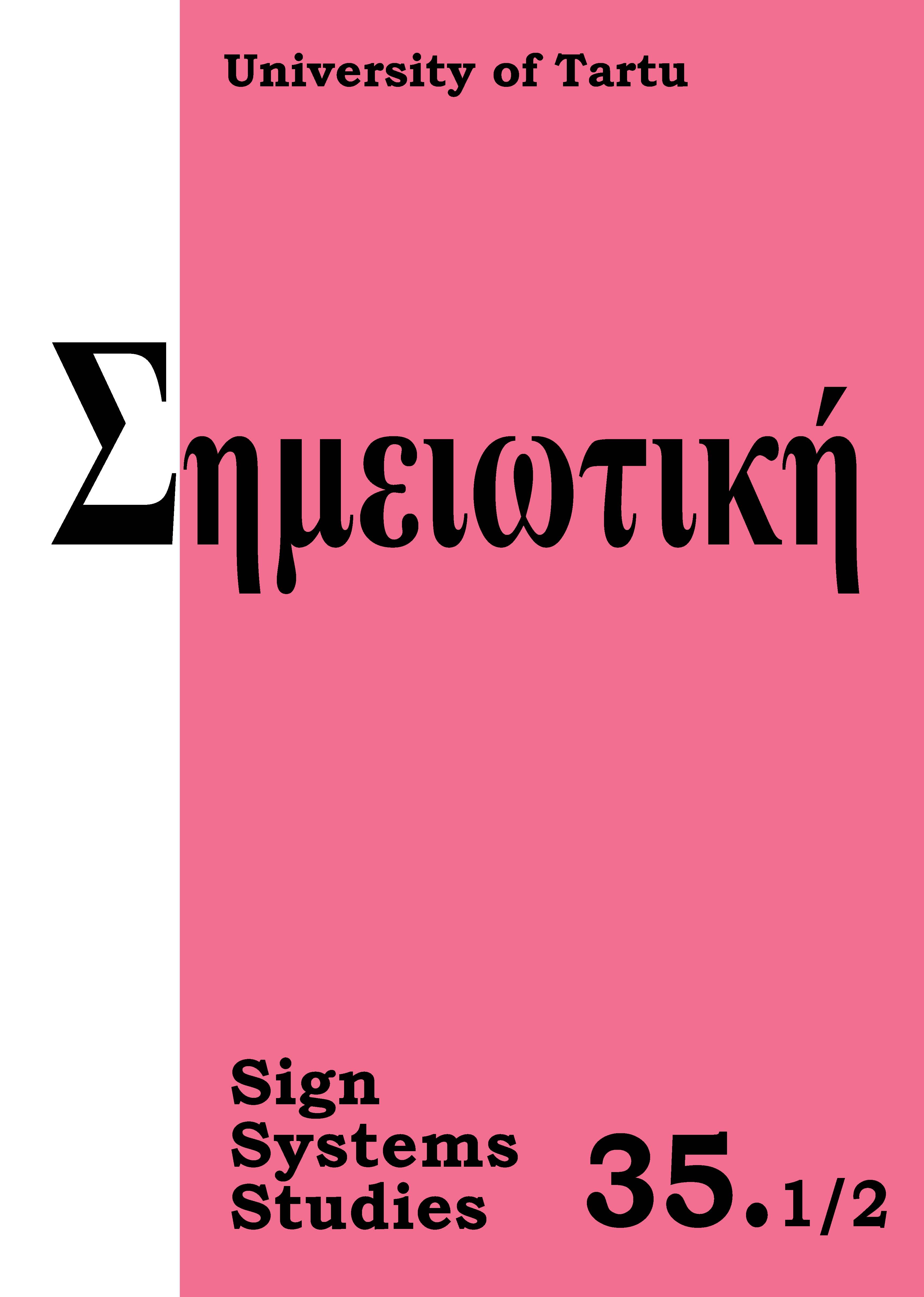Semiotics as the science of memory
DOI:
https://doi.org/10.12697/SSS.2007.35.1-2.02Abstract
The notion of culture implies the relative stability of sets of algorithms that become entrenched in human brains as children become socialized, and, to a lesser extent, when immigrants become assimilated into a new society. The semiotics of culture has used the notion of signs and systems of signs to conceptualize this process, which takes for granted memory as a natural affordance of the brain without raising the question of how and why cultural signs impact behaviour in a durable manner. Indeed, under the influence of structuralism, the semiotics of culture has mostly achieved synchronic descriptions. Dynamic models have been proposed to account for the action of signs (e.g., semiosis, dialogism, dialectic) and their resulting cultural changes and cultural diversity. However, these models have remained remarkably abstract, and somewhat disconnected from the actual brain processes, which must be assumed to be involved in the emergence, maintenance, and transformations of cultures. Semiotic terminology has contributed to a systematic representation of cultural objects and processes but the philosophical origin of its basic concepts has made it difficult to construct a productive interface with the cognitive neurosciences as they have developed and achieved notable advances in the understanding of memory over the last few decades. The purpose of this paper is to suggest that further advances in semiotics will require a shift from philosophical and linguistic notions toward biological and evolutionary models.


